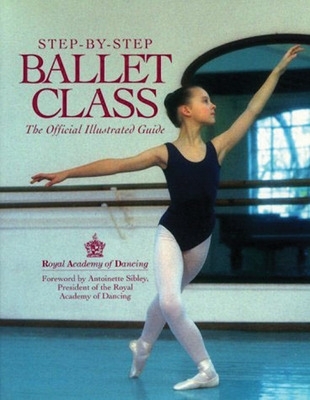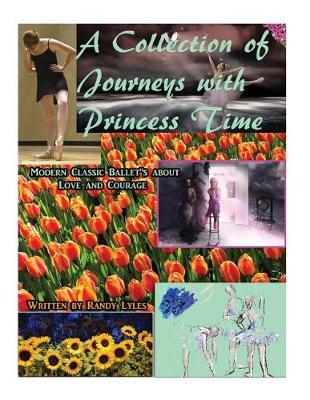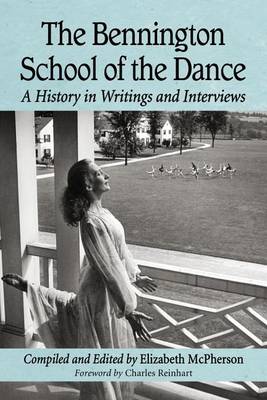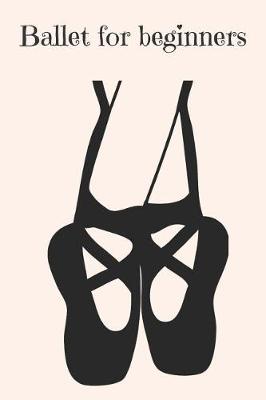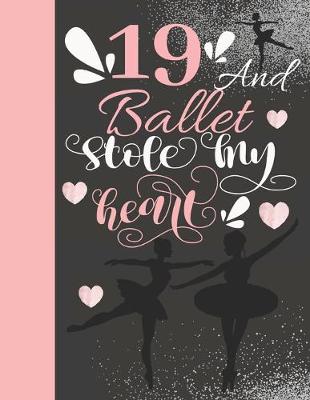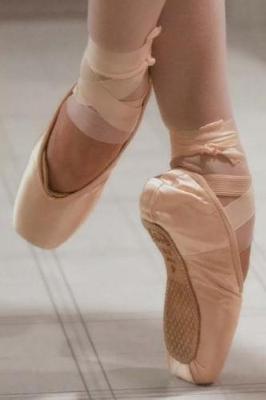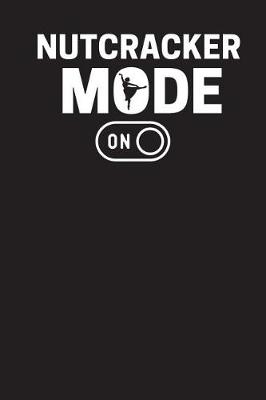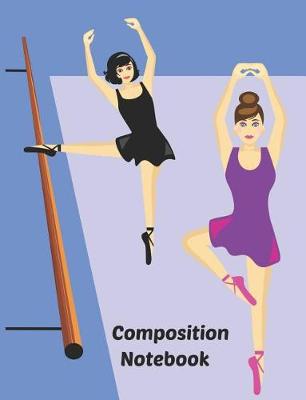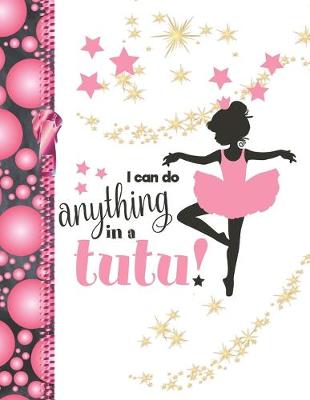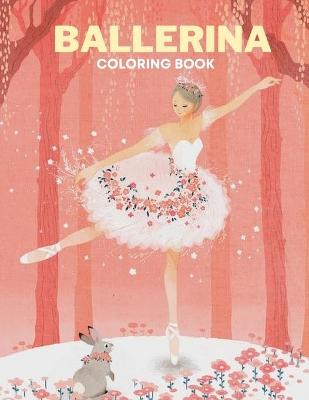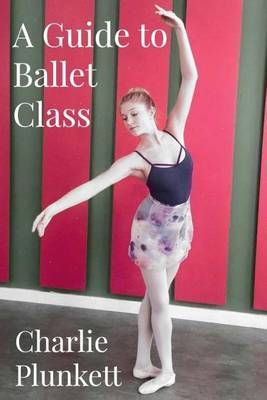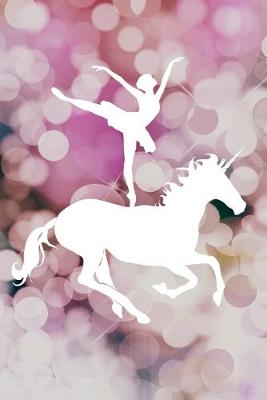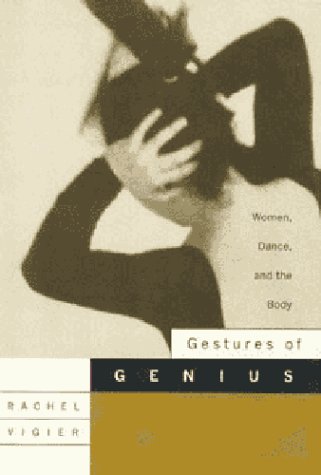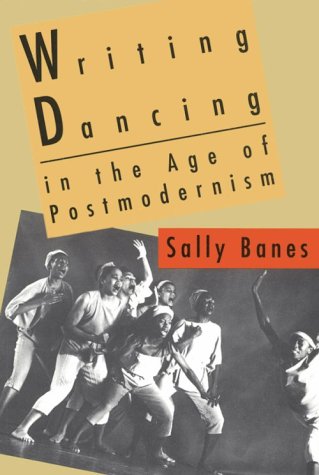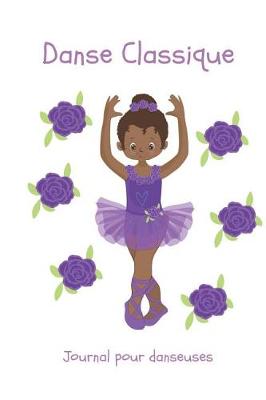Seven lessons follow a young dancer's development, from basic positions and postures to more advanced levels.
A technical and artistic discussion of ballet, focusing on its history, physical requirements, exercises, and training.
Shapes of American Ballet
by Assistant Professor of Dance Jessica Zeller
Bennington School of the Dance, The: A History in Writings and Interviews
Democracy's Body offers a lively, detailed account of the beginnings of the Judson Dance Theater--a popular center of dance experimentation in New York's Greenwich Village--and its place in the larger history of the avant-garde art scene of the 1960s. JDT started when Robert Dunn, a student of John Cage, offered a dance composition class in Merce Cunningham's studio. The performers--many of whom included some of the most prominent figures in the arts in the early sisties--found a welcome perfor...
Anna Pavlova's revolutionary debut in 1910 at the Metropolitan Opera House captivated the nation and introduced Americans to the charms of modern ballet. Willa Cather was among the first intellectuals to recognize that dance had suddenly been elevated into a new art form, and she quickly trained herself to become one of the leading balletomanes of her era. Willa Cather and the Dance traces the writer's dance education, starting with the ten-page explication she wrote in 1913 for McClure's magazi...
Drawing of the postmodern perspective and concerns that informed her groundbreaking Terpsichore in Sneakers, Sally Banes's Writing Dancing documents the background and developments of avant-garde and popular dance, analyzing individual artists, performances, and entire dance movements. With a sure grasp of shifting cultural dynamics, Banes shows how postmodern dance is integrally connected to other oppositional, often marginalized strands of dance culture, and considers how certain kinds of danc...
This book investigates allegorical meaning in the ballets "Giselle", "Coppelia", "The Sleeping Beauty" and "Swan Lake", principally by examining their original librettos and costume designs, as well as considering their surviving choreographic legacy. Each ballet is examined scene by scene in order to identify occult symbols secreted within its structure. The names of characters, their costume details (form, colour, pattern and attribute) and the parts they play and dance (mime, choreographic st...
